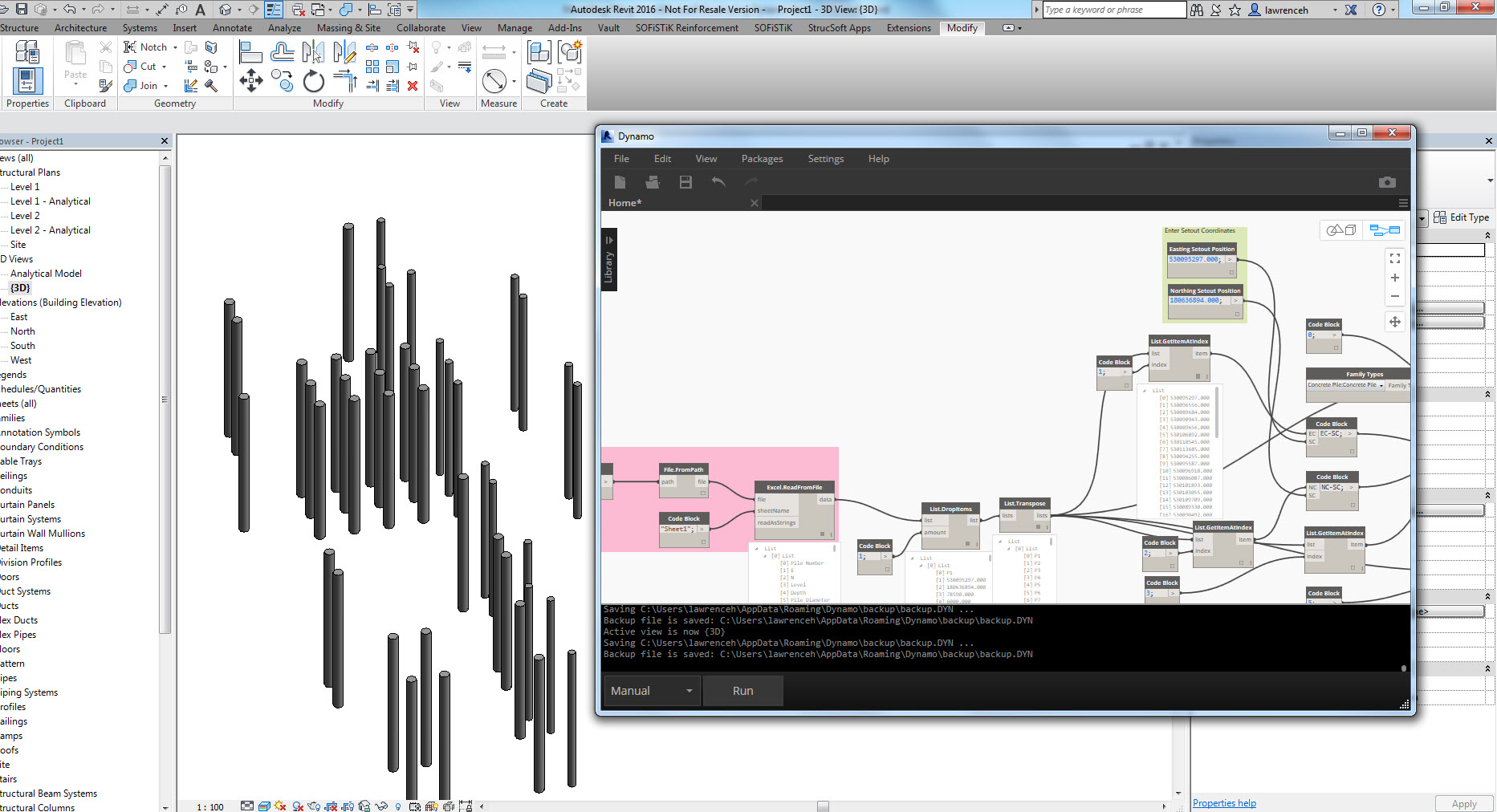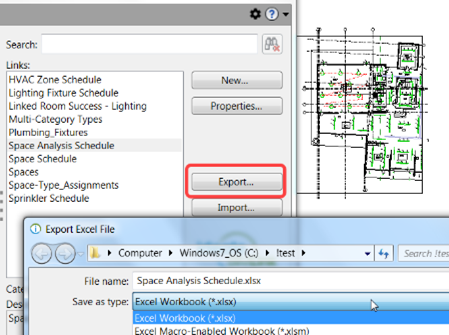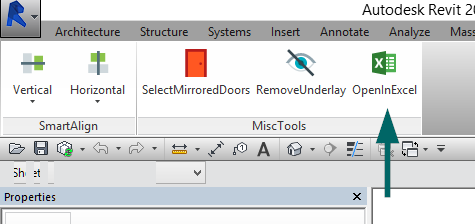Revit Plugins and Tools: Enhancing Your BIM Expertise
Wiki Article
Revit Excel Assimilation Demystified: Improving Workflows for Improved Task Sychronisation
Look no better, because Revit Excel Combination is right here to demystify the procedure and improve your jobs. In this article, we will certainly guide you via the value of Revit Excel Combination, reveal you exactly how to enhance operations, and give best practices for successful assimilation.The Importance of Revit Excel Assimilation
You require to understand the significance of Revit Excel combination to efficiently streamline your process and enhance project coordination. The integration of Revit, an effective building info modeling (BIM) software, with Excel, a commonly used spread sheet program, offers countless benefits for engineers, engineers, and construction professionals.

By incorporating Revit with Excel, you can eliminate manual data entry and decrease the risk of mistakes. This not only saves time but also guarantees precision in your project documents. You can update information in Excel, and it will automatically update in Revit, maintaining uniformity throughout your project.
Furthermore, Revit Excel combination enhances task sychronisation by allowing efficient collaboration among employee. With information synchronized between Revit and Excel, everybody can access the most updated information and function with each other effortlessly. This advertises smoother communication, reduces disputes, and improves overall job performance.
Exactly How to Improve Workflows With Revit Excel Integration
Enhance your procedure by flawlessly attaching Revit and Excel to improve your operations. By incorporating these two effective tools, you can boost task coordination and boost efficiency in your work. With Revit Excel assimilation, you can quickly transfer information in between both platforms, permitting smooth communication and collaboration.

Another advantage of Revit Excel combination is the capability to produce custom reports and examine data more properly. With Excel's robust features, you can do sophisticated estimations, create charts and charts, and create comprehensive records based upon the information from your Revit versions. This allows you to gain beneficial understandings and make informed decisions throughout the project.
Enhancing Task Coordination With Revit Excel Assimilation
By seamlessly attaching your style software with powerful information evaluation devices, you can substantially enhance the sychronisation of your jobs. Revit Excel assimilation allows you to enhance your operations and boost job control by eliminating manual data entrance and reducing errors. With this combination, you can conveniently move data in between Revit and Excel, ensuring that all task info is up to day and exact.Among the crucial advantages of Revit Excel combination is the capacity to import and export data between both software application flawlessly. This indicates that you can easily import existing job information from Excel right into Revit, conserving you effort and time in returning to info. You can export job information from Revit to Excel, enabling you to carry out advanced evaluation and estimations using the powerful functions of Excel.
In Addition, Revit Excel assimilation allows you to create vibrant links between the 2 software program (revit tool). This suggests that any type of adjustments made in Revit will instantly upgrade in Excel, and the other way around. This makes certain that all project stakeholders are dealing with the most up-to-date info, boosting job sychronisation and reducing the risk of mistakes
Overcoming Difficulties in Revit Excel Assimilation
When getting over difficulties in the assimilation of Revit and Excel, it is very important to ensure smooth information transfer and decrease errors. One typical obstacle is the compatibility of data styles in between Revit and Excel. To tackle this, you can use plugins or add-ins that assist in the conversion of information from one layout to one more. These tools help keep the honesty of the information throughout the transfer process.An additional challenge is the absence of synchronization between Revit and Excel. It's essential to establish a clear operations that makes sure both systems are upgraded in real-time. This can be accomplished by utilizing cloud-based partnership devices or establishing a system for routine data syncing.
Managing big datasets can additionally be problematic. Revit and Excel have different capacities when it comes to dealing with huge amounts of data. To overcome this challenge, you can divide the information right into smaller, convenient portions or make use of information filtering techniques to focus on details locations of rate of interest.
Lastly, human error can result in discrepancies in between Revit and Excel data. It is very important to train team members on the assimilation process and establish high quality control measures to capture any kind of errors. Regular audits and cross-checks can help determine and remedy any type of disparities.
Best Practices for Effective Revit Excel Assimilation
To guarantee effective assimilation of Revit and Excel, it's important to adhere to some finest methods that will certainly assist improve your process and lessen mistakes. Always begin by creating a well organized and clear folder structure for your job data. This will make it easier to situate and update the needed data when needed. Furthermore, when linking Excel data into Revit, make sure that the information is tidy and free from any kind of formatting issues that might cause mistakes. Usage constant naming conventions for your Excel worksheets and columns to avoid complication.Another crucial practice is to consistently update your Excel information in Revit. This can be conveniently accomplished by developing a clear process for upgrading the linked information. Make it a behavior to examine and upgrade the data at normal periods, especially when adjustments are made to the project. This will aid keep your data exact and as much as day.

Conclusion
So, there you have it - revit Excel combination does not need to be a difficult task. By simplifying your workflows with this powerful combination, you can enhance job coordination and achieve higher effectiveness. Bear in mind to overcome any type of obstacles that may occur and adhere to finest techniques for effective assimilation. With revit Excel assimilation debunked, you'll be well on your way to optimizing the capacity of these devices and taking your projects to brand-new elevations.You can export your Revit schedules to Excel, make adjustments or updates in Excel, and after that import the upgraded information back into Revit with just a few clicks. Revit Excel integration allows you to streamline your workflows and boost project sychronisation by getting rid of manual data entry and decreasing errors. With this integration, you can easily transfer information between Revit and Excel, making sure that all job information is up to day and revit plugins exact.
You can export task data from Revit to Excel, permitting you to perform innovative evaluation and computations utilizing the effective functions of Excel.
Furthermore, when connecting Excel data right into Revit, make sure that the data is complimentary and clean from any type of formatting issues that can trigger mistakes.
Report this wiki page